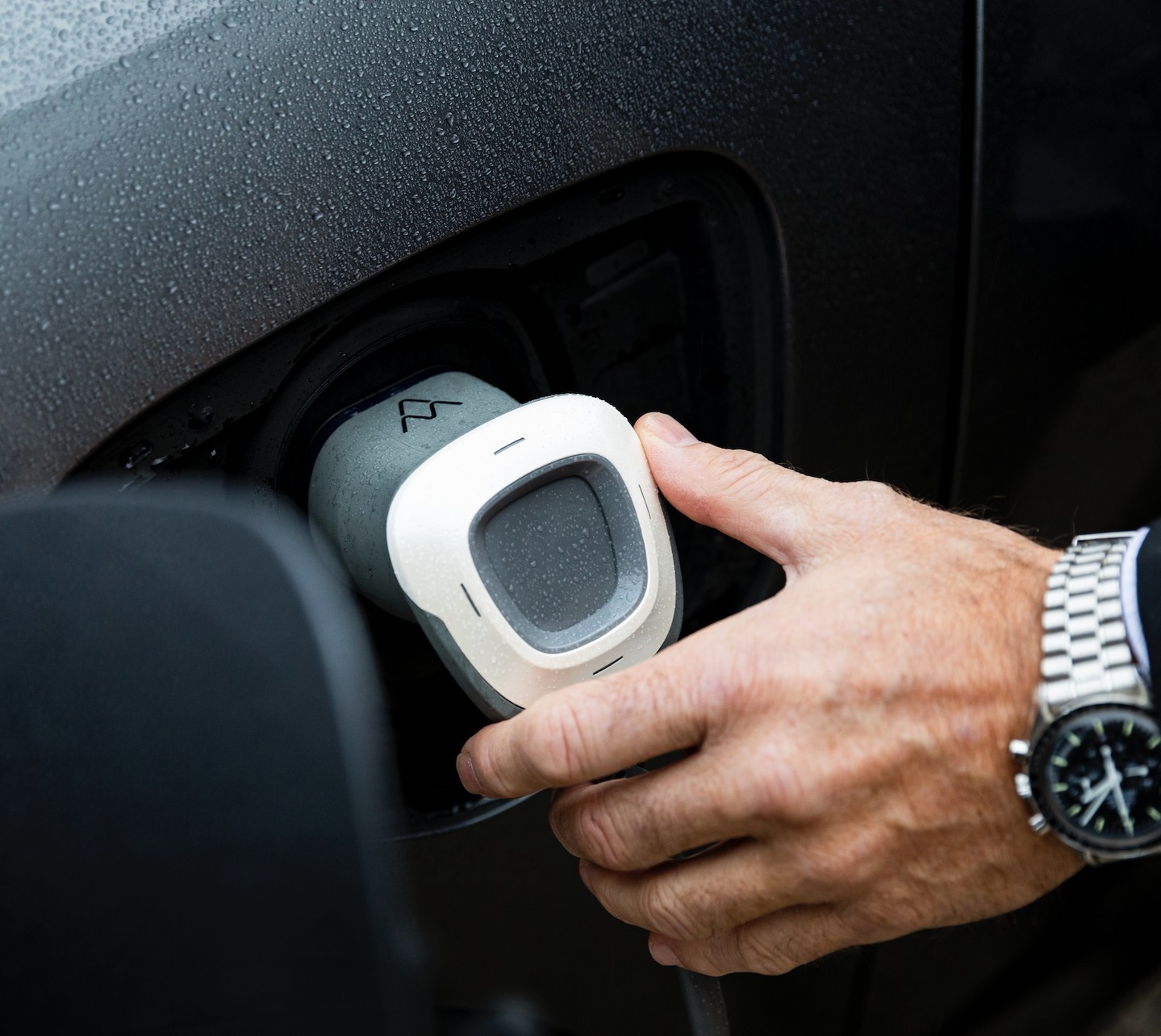Electric vehicle charging can be done using alternating current (AC) or direct current (DC), depending on the type of charger used and the capacity of the electric vehicle. Both methods have different characteristics and applications.
1. Charging with Alternating Current (AC):
– Charging level: Alternating current charging is commonly used in homes and workplaces, as well as in level 2 public charging stations.
– Onboard vehicle charger: Most electric vehicles come equipped with an onboard AC charger, which converts AC electricity into DC to charge the vehicle's battery.
– Charging power: AC chargers typically have lower power levels, ranging from 3.7 kW to 22 kW, although high-power AC chargers can also be found.
– Charging time: AC charging can take longer than DC charging, depending on the capacity of the AC charger and the vehicle's battery capacity.
Advantages of AC charging:
– Infrastructure: AC charging is more common and widely available, with established infrastructure in homes, workplaces, and public charging stations.
– Lower initial cost: AC chargers are generally more affordable in terms of initial installation costs, especially in homes and workplaces.
– Suitability for long-duration charging: AC charging is suitable for situations where the vehicle is parked for extended periods, such as overnight at home or during work hours.
2. Charging with Direct Current (DC):
– Charging level: DC charging is more commonly found at high-power public charging stations, also known as level 3 fast chargers.
– External charger: DC chargers are external devices connected to the electric vehicle, which convert AC electricity from the power source into DC to charge the battery.
– Charging power: DC chargers have much higher power levels, typically ranging from 50 kW to 350 kW or more, allowing for fast charging.
– Charging time: DC charging is considerably faster than AC charging, as direct current allows for more efficient energy transfer to the vehicle's battery.
Advantages of DC charging:
– Fast charging: High-power DC chargers enable rapid charging, usually within minutes, providing a convenient option for long trips or when charging time is limited.
– Suitable for long-distance travel: Fast DC charging is especially
– Suitable for long-distance travel: Fast DC charging is especially suitable for long trips, allowing drivers to recharge their batteries at fast charging stations along the route.
It is important to note that most electric vehicles are compatible with both AC and DC charging modes. However, vehicles may have limitations regarding the maximum DC charging power they can support.
In summary, AC charging is more commonly used in homes, workplaces, and level 2 public charging stations, and is suitable for long-duration charging. On the other hand, DC charging, conducted at high-power public charging stations, allows for rapid charging and is more suitable for long-distance travel or situations where charging time is limited. The choice between AC and DC will depend on the user's needs, the availability of charging infrastructure, and the desired charging speed.

